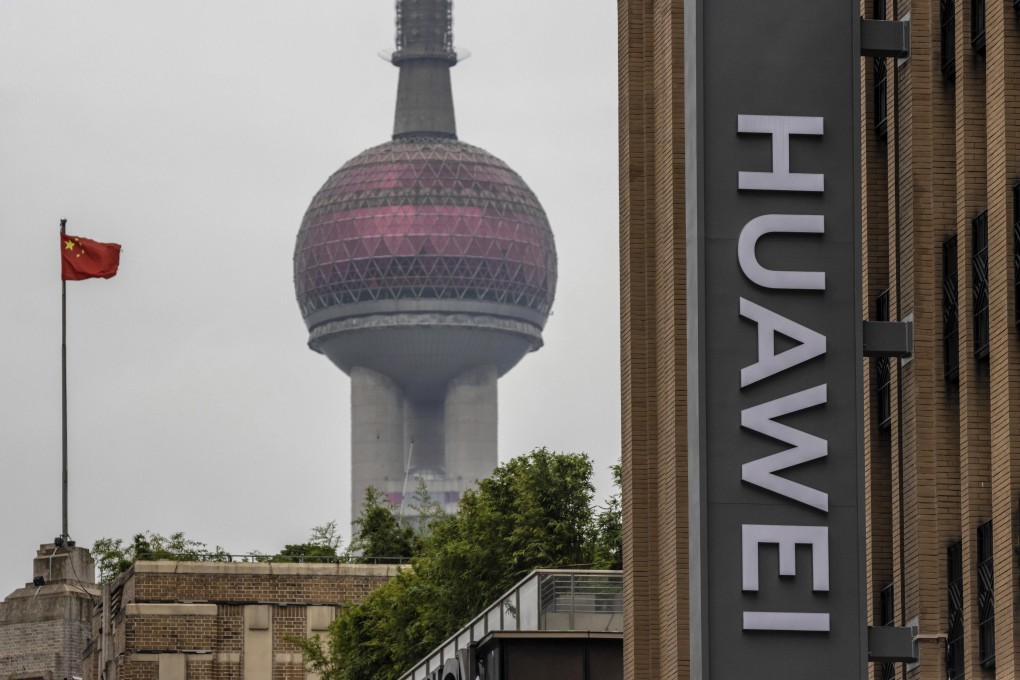Huawei faces ‘impossible’ challenge after latest US tech sanctions, say analysts
- The battleground in the US-China tech war has widened from semiconductors and next-generation 5G wireless networks to apps and cloud services in recent weeks
- On Monday the US Commerce Department added another 38 Huawei affiliates to its Entity List, banning them from purchasing US products

“It’s hard to imagine how Huawei can turn the tables now,” said Yang Guang, director of service provider research at Strategy Analytics. “All the power of one company cannot build the entire industrial chain by itself. It is impossible.”
The latest move from the Trump administration further complicates the battleground in the US-China tech war, which has widened from semiconductors and next-generation 5G wireless networks to apps and cloud services in recent weeks.
With its avenues for sourcing critical semiconductors to power its 5G base stations, smartphones and now its cloud computing business shut off, analysts said there were very few options left.
Unless US suppliers can obtain licence approvals to resume selling to the Chinese company, “the new restrictions have critically damaged Huawei's supply chain, especially chipsets for its smartphone and cloud business, as well as its innovation lab operations worldwide,” according to Charlie Dai, principal analyst at Forrester.